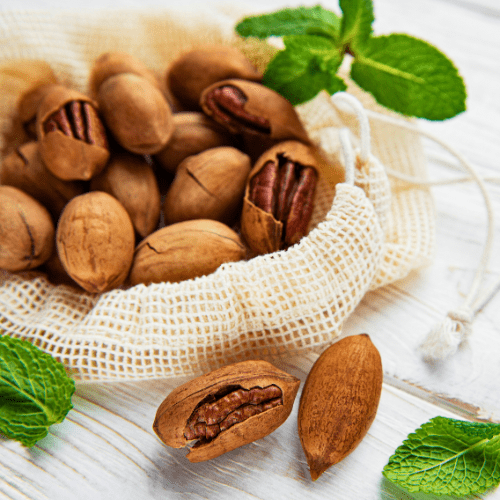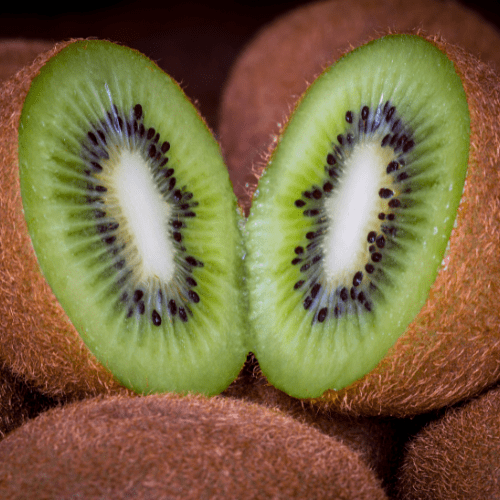Position:
Plant your olive tree in an area with full sun (at least 6 hours per day). Olive trees can tolerate wind.
Size:
If uncontrolled, olive trees can grow up to 10 meters tall.
Soil Type:
Manzanilla olive trees are not particularly fussy on soil mix, but a pH between 5 and 7 is ideal. Most gardens have a pH of 7. Good drainage and aeration is absolutely essential for maximum growth and harvest. Olive trees will not tolerate waterlogged soil. Slightly stony ground is acceptable.
They also require a bit of cool time. An average winter temperature that is below 21° Celsius for about 2 months is ideal.
Mulch:
As with all fruit trees, a good mulch of well-matured compost and some manure helps keep the roots cool, limits evaporation on the surface, assists with weed control and feeds the tree. The use of pine bark mulch is preferred as it would supply the acidity an Olive tree requires.
Watering:
New plants require regular watering. Once mature and established, they are drought-tolerant and will only need to be watered once a month if it does not rain. If olive trees are planted in big pots, they require more watering.
Fertilising:
A potted olive tree must be fertilised in spring and again in mid-summer. Never over-fertilise as this will encourage leaf growth but little fruit. Our all purpose slow-release fertiliser is ideal 18.9.10 + 2mgO+Trace Elements) A complete balanced fertiliser. You cannot over fertilise as the nutrients are absorbed by the plant when required.
Pruning:
It is always good to cut away diseased or dry branches in winter to allow for maximum light and sun penetration in summer.
Pests:
Airborne fungi from overwatering or too much rain are nemeses for olive trees. These can be controlled with regular pruning and preventative organic copper sprays.
Harvesting:
Fruits are harvested when all the olives are ripe. All olives start out green, then gradually ripen to a pinkish colour and then to dark purple. The time you harvest them depends on what the olives will be used for.
Olives must either be put in brine or pressed to make oil within 3 days of harvesting. Otherwise, they turn sour. The oil content of olives reduces as the fruits ripen. To make Greek-style olives, pick mature purple fruits. Once in brine, they turn black.






